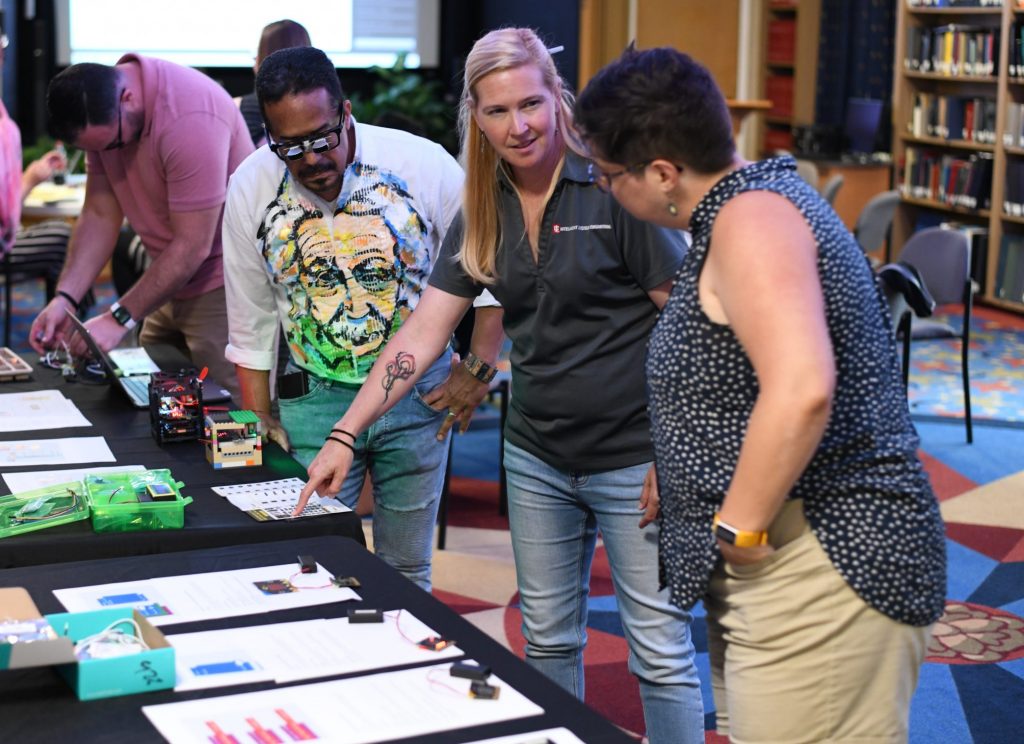
On July 14, teachers from Metro Nashville Public Schools (MNPS) and surrounding areas and institutions gathered at Dyer Observatory for an exclusive all-day workshop focused on the past and future challenges of space technology. The workshop, a collaboration between Vanderbilt University and Indiana University and made possible through a grant from NASA, was geared specifically for career and technical education (CTE) teachers to help develop a microelectronics workforce pipeline. The week of July 14 also saw the IEEE Nuclear & Space Radiation Effects Conference (NSREC) being held in Nashville, and the workshop provided another unique resource for educators that included presentations on advancements in space technology and how our understanding of space has driven innovation, discussions about what kinds of skills are needed for future careers in space technology, and microelectronics demonstrations that utilized equipment teachers could bring into their classrooms. In addition to a small stipend, teachers were provided opportunities to seek funding for classroom projects in the 2025-2026 school year. In all, a dozen teachers travelled to Dyer’s hilltop for a day of fun and learning. This workshop was supported by a $37M grant from NASA, led by Vanderbilt’s Ralf Bennartz, a professor in the Department of Earth and Environmental Sciences. The award supports the POLSIR (Polarized Submillimeter Ice-cloud Radiometer) mission to understand Earth’s dynamic atmosphere, particularly the role that ice clouds play in helping to reduce the amount of incoming solar radiation that heats the Earth.
Observatory director Dr. Billy Teets began the day with a presentation on space radiation including its sources, its effects on electronic technology, and some of the ways that scientists and engineers are able to circumvent its repercussions when designing devices that explore Earth, the solar system, and beyond. Afterward, Indiana University’s Dr. Mary Loveless gave teachers an innovative hands-on activity of how to build elementary circuits using batteries, LEDs, and of all things, Play-Doh. Instead of trying to tediously connect all components with small wires, the Play-Doh provided an electrically conductive conduit that was arguably more fun to use. Dr. Loveless also gave a quick introduction to electrical circuits and the importance of considering things like resistance along with some fun ideas for simple circuit designs teachers could do in the classroom with students of all ages. Before breaking for lunch, Teets provided a quick overview on how technology has advanced over time, from the beginnings of the telescope in the early 1600s to some of the most powerful telescopes and detectors that have recently come online to begin observing the sky.
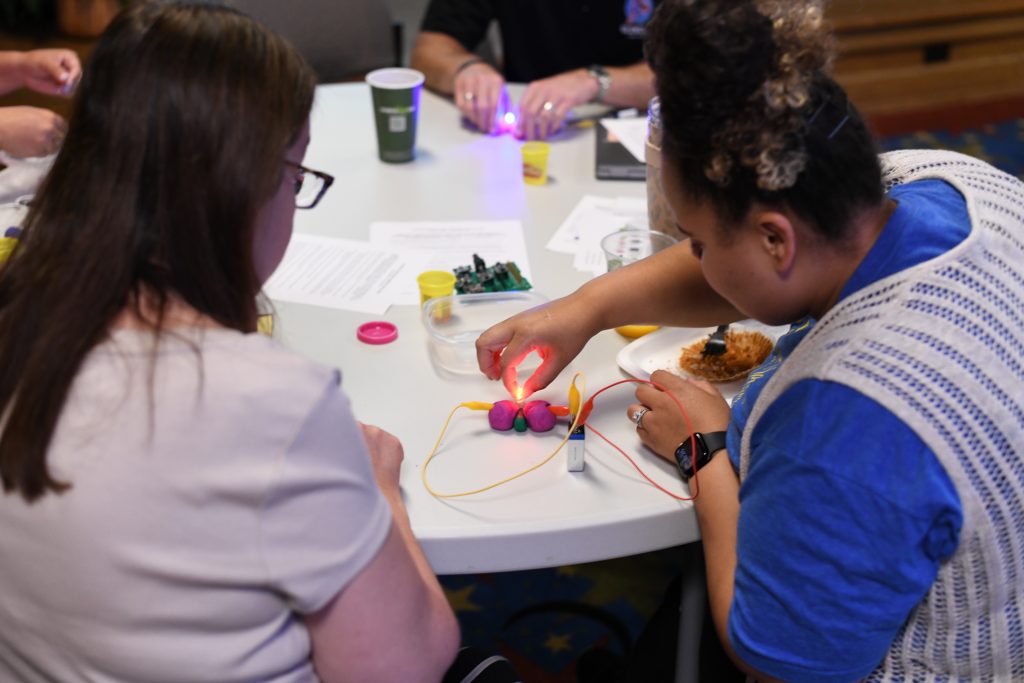
During the lunch break, teachers toured the observatory, checked out the many unique exhibits (some of which utilized electronics featured in the workshop), and even got to do a bit of telescope observing including a unique view of the Sun. Not only was it a fun deviation from the workshop agenda, it afforded local teachers an opportunity to see what unique opportunities Dyer Observatory is able to offer when students visit the observatory during a field trip. Afterward, Dr. Loveless, her husband Dr. Daniel Loveless, and Director of the Peabody Research Office Dr. Chris Vanags gave in-depth presentations about space technology of the future and careers revolving around it. They also discussed some of the projects they have undertaken with students and in their research including the use of high-altitude balloons to loft payloads high in the atmosphere. Teachers found out that even for this type of exploration Earth environments can pose issues, as in the case of the extra frigid temperatures (which don’t always play well with electronic devices) encountered during a balloon flight into the path of a total solar eclipse.
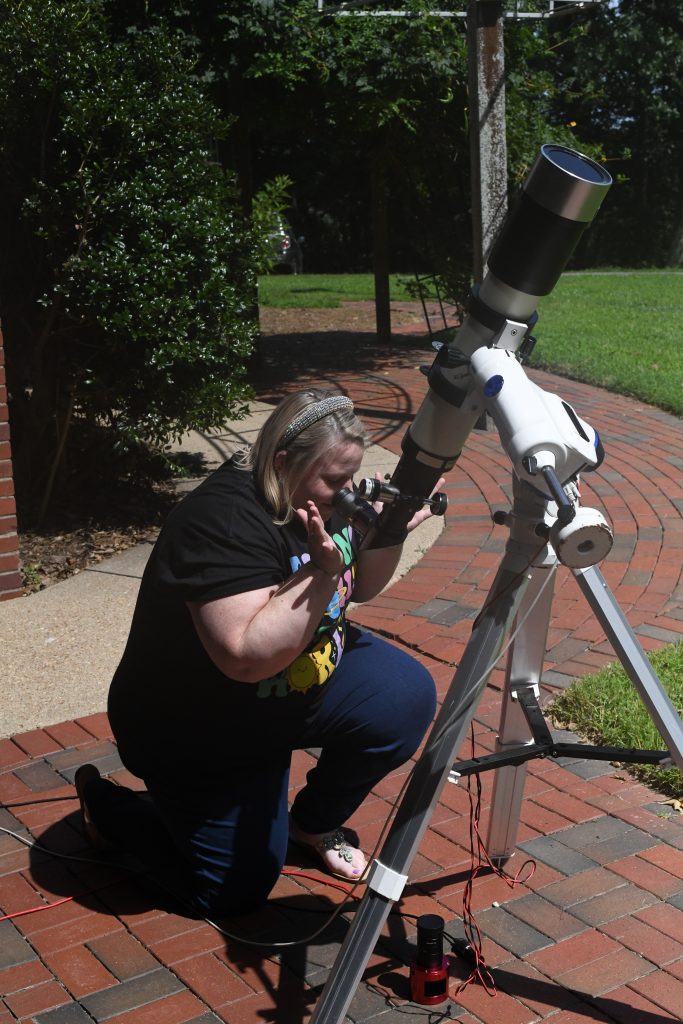
The day ended with a microelectronics and engineering showcase in which teachers got to try out some of the commercial microelectronics kits (e.g., Arduino, MicroBits, LittleBits) and see firsthand some of the projects that had been created by workshop facilitators. Dr. Teets demonstrated a functional 1/12th-scale Hubble Space Telescope model that was built by middle schoolers during Dyer’s 2024 summer camps, which included an Arduino microcontroller, transceiver, camera, batteries, reaction wheel, and solar panels. Drs. Mary Loveless and Pam Popp demonstrated some of the sensor modules that are now readily available for all sorts of projects (including a few they and their students had built) and a few kits for introducing students to circuits and microelectronics. Dyer Observatory volunteer Dr. Bob Schweikert also stopped by and demonstrated one of his many unique projects – a 3D-printed functioning model of the TRAPPIST-1 exoplanet system that he designed and built himself.
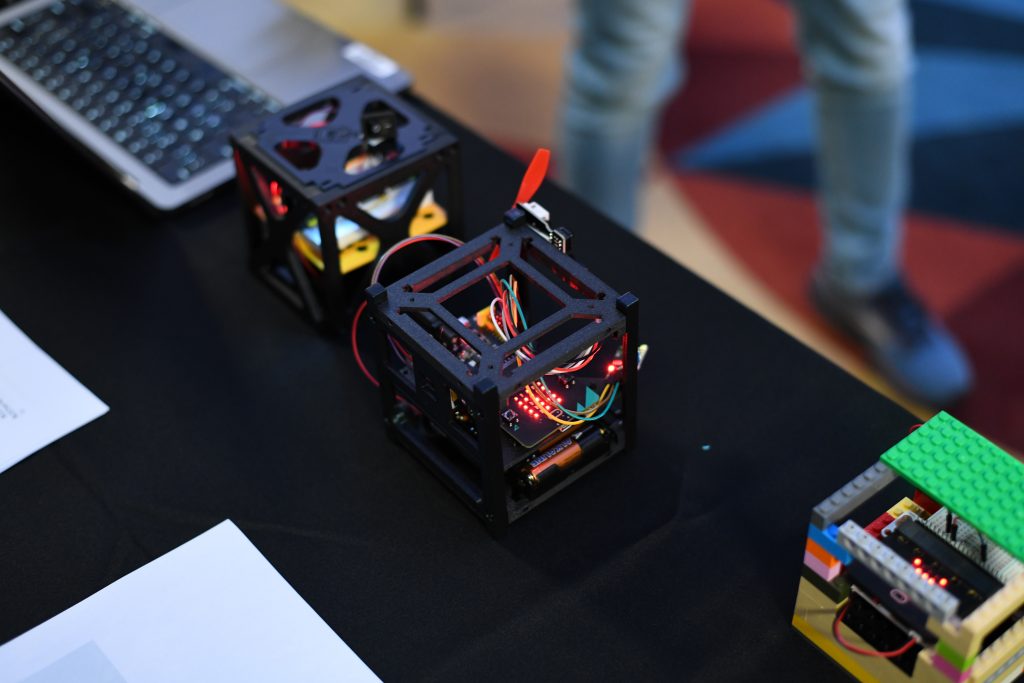

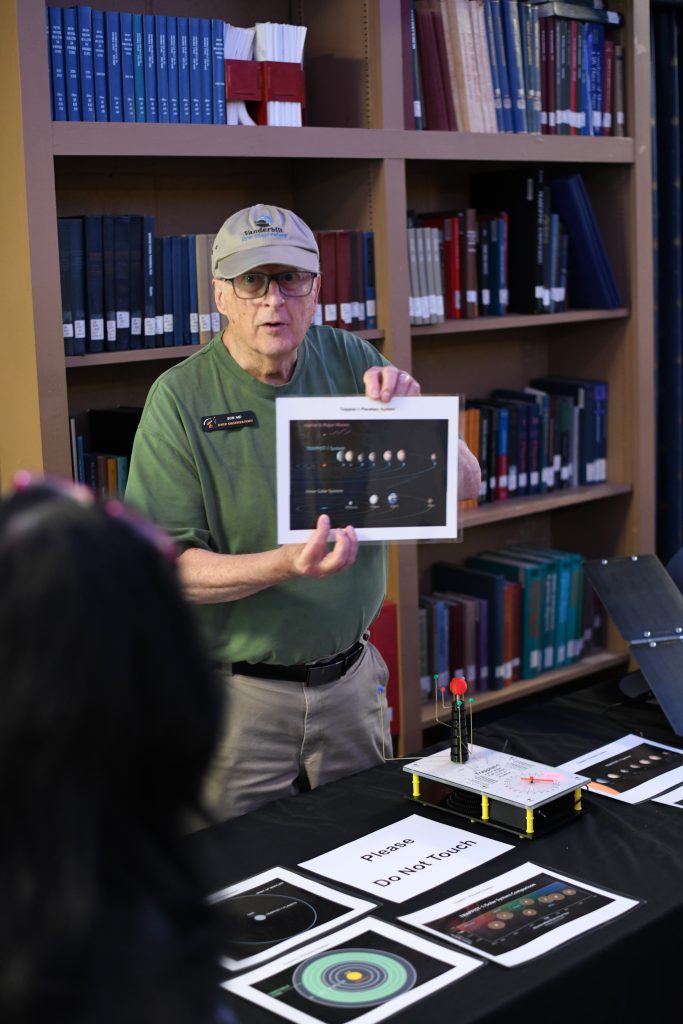
The workshop was a great success, and we are confident that teachers now have a few more ideas in their toolboxes when it comes to microelectronics and the challenges of space exploration. Dyer Observatory is hopeful that this will be the first of many educator workshops and invites anyone with ideas for future workshops to contact us!